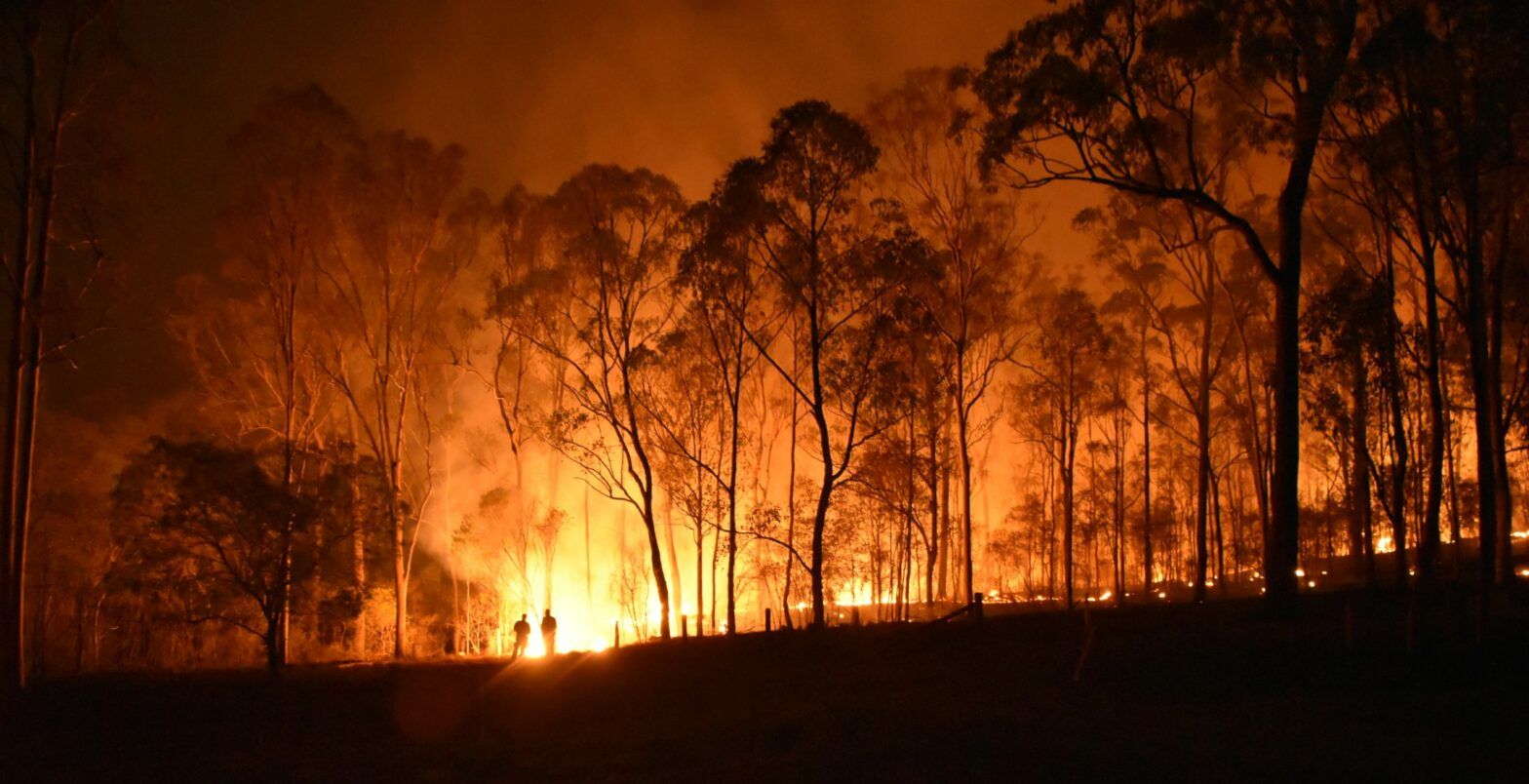Four Twenty SevenA new report by Moody’s affiliate Four Twenty Seven has revealed that climate change will increase the frequency of wildfires, and the number of areas that are prone to them in the next two decades, leading to unprecedented economic costs
The report, entitled Climate Change and Wildfires: Projecting Future Wildfire Potential, uses a new set of analytics developed by Four Twenty Seven to create a projection of the change in frequency and severity of wildfires by 2030-2040.
This analysis uses two key factors – soil moisture deficit and wildfire fuel type – to predict how conditions will change by 2030-2040. The methodology links climate drivers such as changing temperature and precipitation patterns with the availability of vegetative fuels, using global climate models combined with high-resolution imagery of land use types.
Nik Steinberg, Twenty Seven’s managing director of research, said: “As the climate changes, we are witnessing the effects of more frequent and severe wildfires. We developed the model to show where these changes will be the greatest in the coming decades, and ultimately, provide communities and markets with a robust, forward-looking dataset to help plan ahead.”
The cost of wildfires
The report highlights the economical as well as human cost of wildfires by quoting examples of the 2019-2020 bushfires in Australia, which Twenty Seven said are likely to cost more than the $4.4bn record set by the country’s 2009 Black Saturday fires. The most recent bushfires claimed more than 30 lives and burned more than 10 million hectares of land.
The US is also already starting to feel the effects of climate change on wildfires, with Western areas experiencing far more occurrences than in the past.
Lindsay Ross, director, global client services, said: “Ten of the largest wildfires in Arizona’s history occurred in the last eight years and nine of California’s largest wildfires occurred in just the last seven years.
“Beyond direct losses and disruption from damage to buildings and infrastructure, air pollution from wildfires has led to healthcare costs in excess of $100bn in losses per year in the United States.”
Worst hit regions
According to the report, by 2030-2040 climate change will prolong wildfire seasons in areas already exposed to wildfires by up to three months in Western Australia, two months in regions of northern California and a month in European countries such as Spain, Portugal and Greece. This could prove detrimental for many industries in those countries, not least tourism.
Heat waves and wildfires are among the many extreme weather events in Europe that are expected to cause up to 2% of GDP losses per year by 2050. Last year’s heat wave already helped contribute to the spread of wildfires in Europe that were 15% larger than the current annual average across this decade, and annual costs since 2000 have reached $3.4bn (£2.6bn).
Overall, Western portions of the Amazon and Southeast Asia will experience the largest relative increase in wildfires, the research found, further threatening crucial biodiversity hotspots and carbon sinks in those regions.
The analysis also sees new wildfire risks emerging in historically wet and cool regions, such as Siberia, which is projected to have 20 more days of high wildfire potential by 2030-2040. The report notes that areas in the Siberian Arctic Circle, normally too wet and icy to be vulnerable to wildfires, became wildfire prone as a result of record temperatures in June 2020, with 17 million hectares burned as of the end of July.
Ross said: “Understanding which areas are exposed to changing wildfire conditions will help leaders in government, finance and public health to mitigate catastrophic loss.
“Confronting this new risk will take unprecedented resources and new approaches in regions not familiar with wildfires and worsening wildfire seasons will continue to threaten already limited resources in currently exposed areas.”








